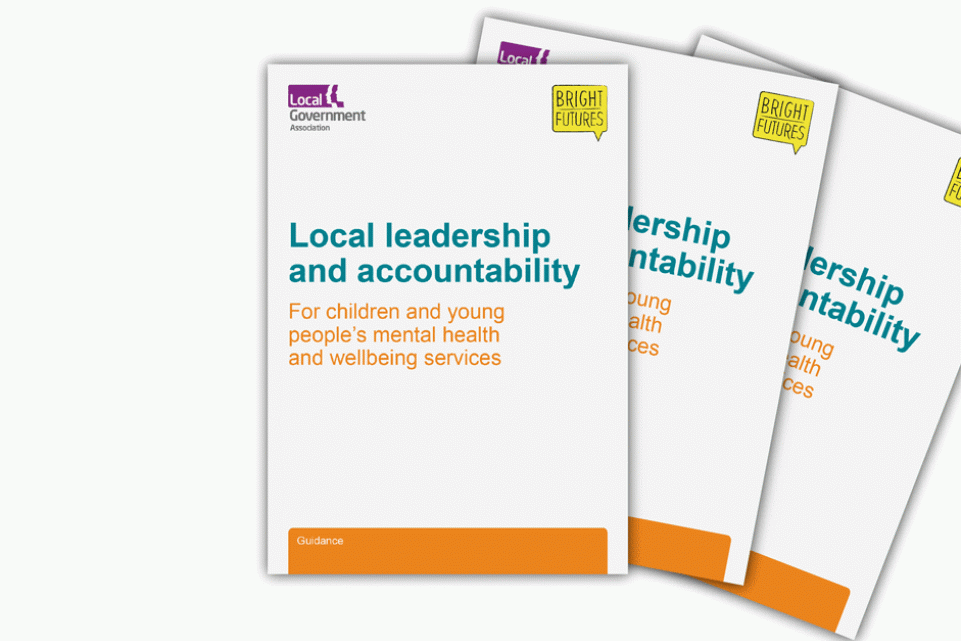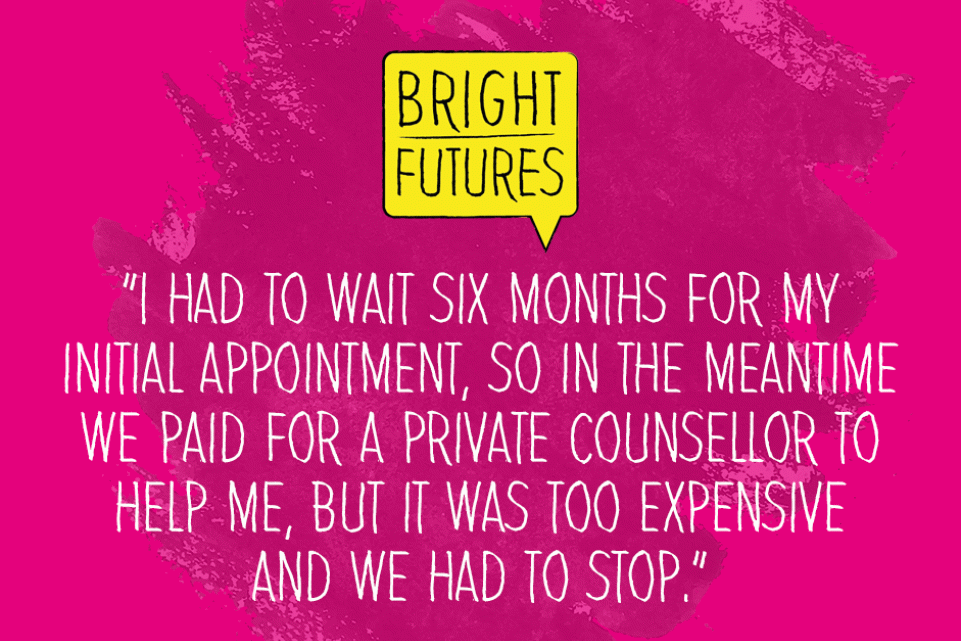Resetting the relationship between local and national government. Read our Local Government White Paper
A collection of facts and figures regarding children and young people’s emotional health and wellbeing, access to services and government investment. They are correct as of September 2023.
At least one in six children and young people aged 7 to 16 years have a probable mental health disorder. This increases to 1 in 4 for young people aged 17 to 19 years.
Boys aged seven to 10 years were more likely to have a probable mental disorder than girls (nearly double) but in 17 to 23 year olds, this pattern was reversed, with rates higher in young women than young men. There is a less significant difference in 11-16 year olds.
Over half of all mental health disorders start before the age of 14, with 75 per cent by 24 years of age.
In 2021/22 children spent 312,000 bed days in Tier 4 wards but this is likely not the whole picture.
Emotional disorders, particularly anxiety and depression, are on the rise. We are aware of the negative impact of social media on young people’s emotional health and the long term impact of the pandemic, inability to access school, isolation and stress that young people experienced.
Although no one is immune from poor mental health some children are more likely to need help than others.
Children and young people are more likely to have poor mental health if they experience some form of adversity, such as living in poverty, parental separation or financial crisis, where there is a problem with the way their family functions or whose parents already have poor mental health.
Young people who identify as LGBQT are also more likely to suffer from a mental health condition.
Looked after children are four times more likely to experience mental health issues than their peers.
For nearly three quarters of children sentenced in the year ending March 2020 there were concerns regarding their mental health.
Nearly three quarters of children with a mental health condition also have a physical health condition or developmental problem.
Demand has gone up...
The rate for children aged 10-14 admitted to hospital for self harming increased from 124 per 100,000 population in 2011/12 to 307 per 100,000 population in 2021/22. The rate of females self harming (aged 10-24) is considerably higher than for males at 711 per 100,000 population compared to 154 per 100,000 population.
734,000 children were referred to children and young people’s mental health services in 2021-22, which is an 84 per cent increase from 2018-19. This increase may in part be due to methodological changes.
The rate of possible eating problems in 2022 was 12.9 per cent in children aged 11 to 16 years, up from 6.7 per cent in 2017. This rose to 60.3 per cent in young people aged 17 to 19 years, up from 44.6 per cent in 2017.
The average waiting time for children and young people to access mental health services ranges from 13 to 80 days. The average waiting time has increased from 32 days to 40 days.
In 2021-22, only 20 per cent of children and young people started treatment within four weeks.
...and funding has stagnated...
Spend per child ranges from £34- £131. On average, local CCG areas spend less than 1 per cent of their overall budget on children’s mental health and 13 times more on adult mental health services than on services for children. However, some local areas are spending considerably more.
In addition, spending on children’s mental; health services has increased 7 per cent in real terms and there are more CCGs spending over 1 per cent of their budget.
Government funding for the Early Intervention Grant has been cut by almost £1bn.
Public health funding, which funds school nurses and public mental health services, has been Councils have seen a £770m real terms reduction in funding between 2014/15 and 2020/21 – a fall of almost a quarter (22.3 per cent) per person.
Councils are seeing increasing numbers of children with mental health.
...leaving services without capacity to support children and young people in need.
4 per cent of children accessed mental health services in 2019/20. This is equivalent to about one in four children who needed mental health services.
Around 75 per cent of young people experiencing a mental health problem are forced to wait so long their condition gets worse or are unable to access any treatment at all.
Children often end up without support, leaving them without access to specialist staff by being admitted to non psychiatric hospitals (2,838 children in 2022), on adult wards or waiting in A&E (70,000 children in 2022).
There are increasing numbers of Deprivation of Liberty applications applied to children. These children have multiple and complex needs and there are concerns about their mental health or emotional difficulties in 60 per cent of cases.


